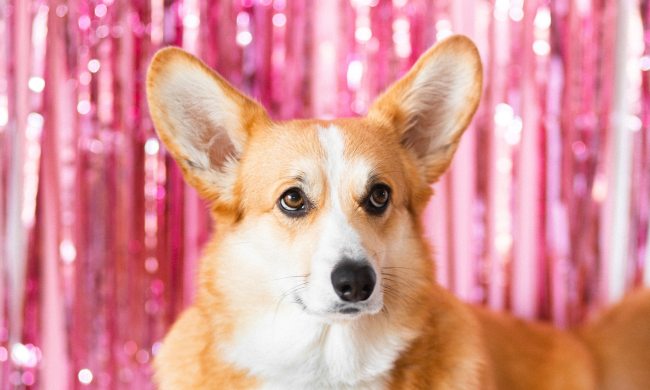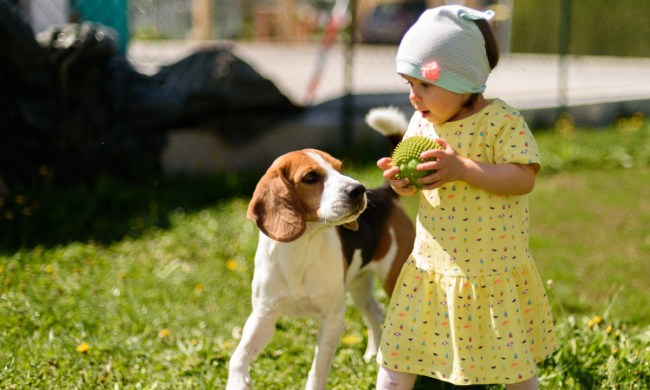If your opinion on poodles stems from pop culture — anyone else remember Fifi, the snobby poodle from Rugrats? — then you probably think of them as a ditzy, fussy, and an all-around spoiled breed. As it turns out, we’ve all been misled. It’s time to set the record straight with real poodle facts. First of all, they’re actually a German breed, not French. The name comes from the German “pudel” or “pudelin,” and it means “to splash in the water.” The breed is called caniche in French, which means “duck dog.”
Despite their reputation as pampered pooches owned exclusively by society’s elite, poodles were named after their original purpose — fowl retrieval. Originally bred as water retrievers, Poodles have retained the skill through countless generations. In fact, some modern-day hunters still use poodles to fetch birds. Ready to bust the top three poodle myths you probably still believe? Let’s take a look at factual poodle characteristics and dispel what pop culture wants you to believe about this clever, loyal breed.
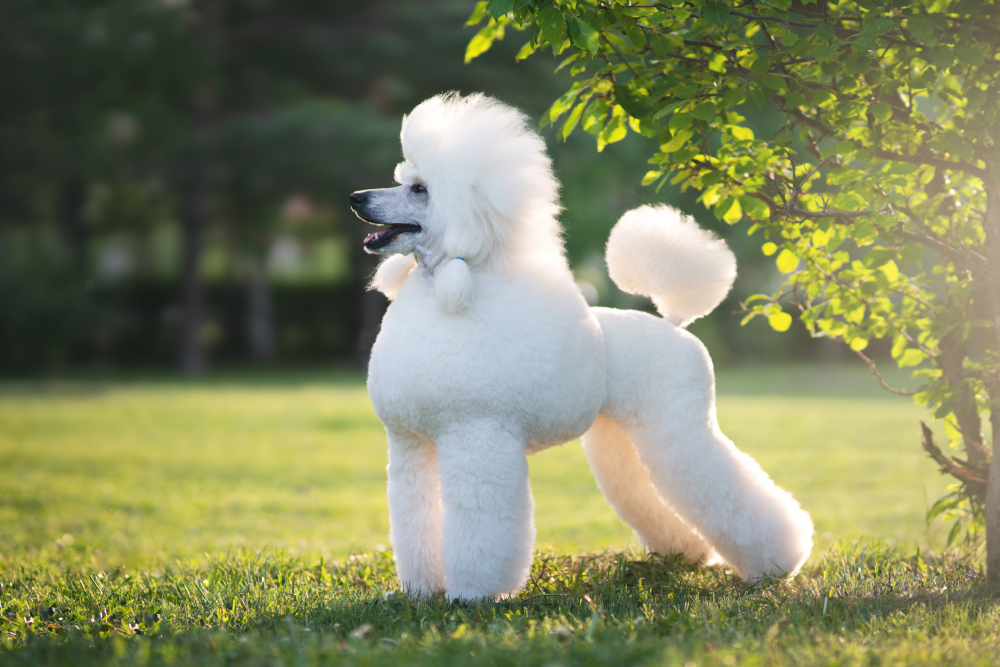
Myth #1: Poodles are pretty but dumb
If you’ve only seen poodles prancing around in dog shows, you may believe the breed is pretty but ultimately airheaded. In reality, they’re fiercely intelligent. Poodles also have keen olfactory senses, making them brilliant law enforcement companions in the field of drug detection. They’ve seen a great deal of success in search and rescue and cadaver detection, and you’ll also find poodles working as therapy dogs in hospitals and nursing homes. Individuals who need service dogs often claim poodles are unmatched in their ability to predict seizures, and their hypoallergenic coats make them a fantastic option for those with allergies and asthma.
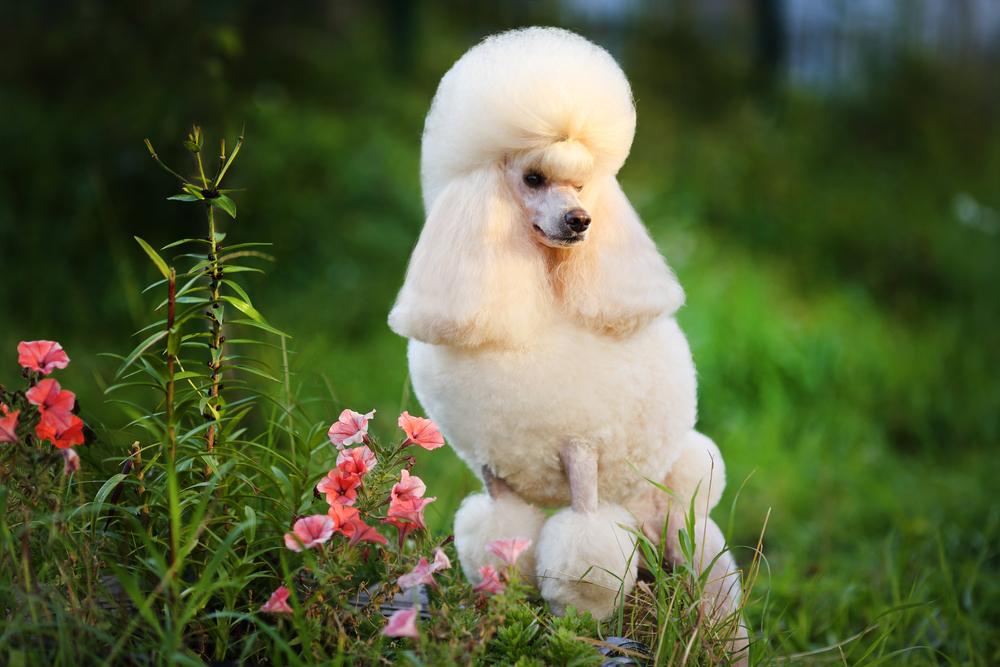
Myth #2: Their puffy cuts are just for show
Known for their unique cuts frequently seen on show dogs, poodles have developed a reputation for being prim and prissy. But did you know their trademark cut actually serves a purpose? Because poodles were first used for retrieving fowl in Germany’s frigid waters, removing the dense coat from their hindquarters made it much easier for them to tread water without being weighed down. Similarly, the puffs of hair over their joints provided warmth, preventing their hips, knees, and ankles from locking up in cold water. The massive ruff over the chest was designed to keep their heart and lungs warm. As we now know, keeping your core warm helps raise your body temperature, and it’s one of the best lines of defense against hypothermia. Leaving the hair on the top of the head and ears long was meant to shield the thin skin from potential frostbite. Turns out, those prissy hairdos aren’t really so prissy after all.
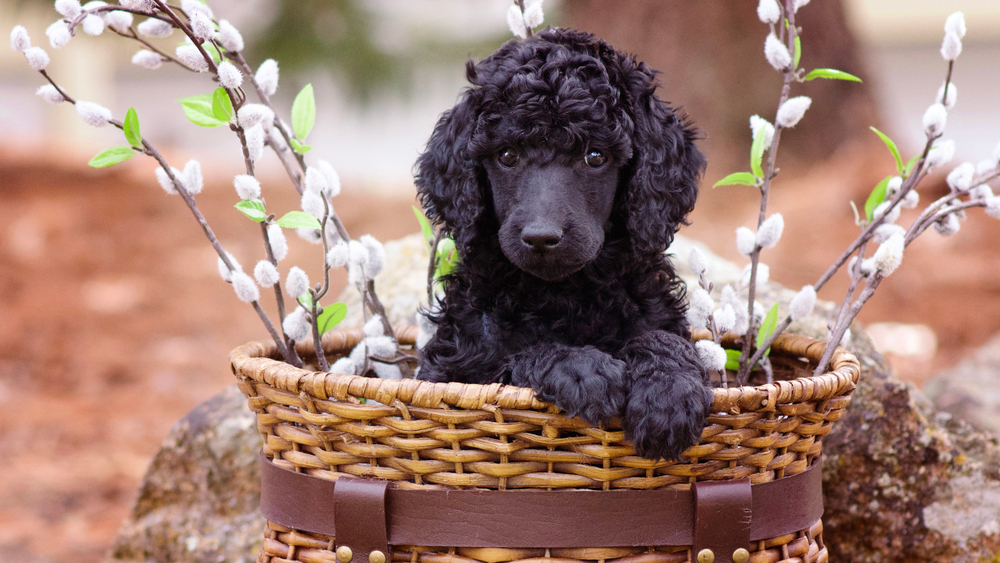
Myth #3: Poodles are spoiled and lazy
While you won’t see a toy poodle competing in extreme sports, an all-poodle team led by musher John Suter competed in Alaska’s famous Iditarod Trail Sled Dog Race. Hailing from Chugiak, Alaska, some 18 miles northeast of Anchorage, John Suter and his team took part in the grueling, 1,100-mile race. Surprisingly, they didn’t do all that poorly, either. In 1988, Suter’s team of poodles placed 38th out of 52 teams, which is all the more impressive when you realize they were competing against northern breeds like Siberian huskies and Alaskan malamutes. He competed — and finished each race — again in 1989, 1990, and 1991.
In fact, it’s because of Suter that the Iditarod’s rules were changed: As of the early 1990s, only northern breeds were eligible to compete in the Iditarod. Their dense coats are made for the arctic climate, whereas some of Suter’s poodles had to be left behind at various checkpoints due to issues with frostbitten paws — though some say the real issue was a collection of hard snow trapped between their toes — and matted hair. (Fun fact: Poodles have hair, not fur, which means it will continue growing instead of falling out during a shedding phase. This is one of many reasons they make great dogs for allergy sufferers.)
Now that we’ve busted some of the most common myths about poodles, hopefully, you have a better understanding of this hardworking, versatile, and intelligent breed. Poodle fans will tell you that most people have it wrong when it comes to these loyal pooches. They aren’t prissy, lazy, or meant only for the wealthiest — or vainest — members of society. Poodles are clever, eager to please, and remarkably easy to train. If you’re looking for a breed that prefers people to other animals, look no further than the poodle.

